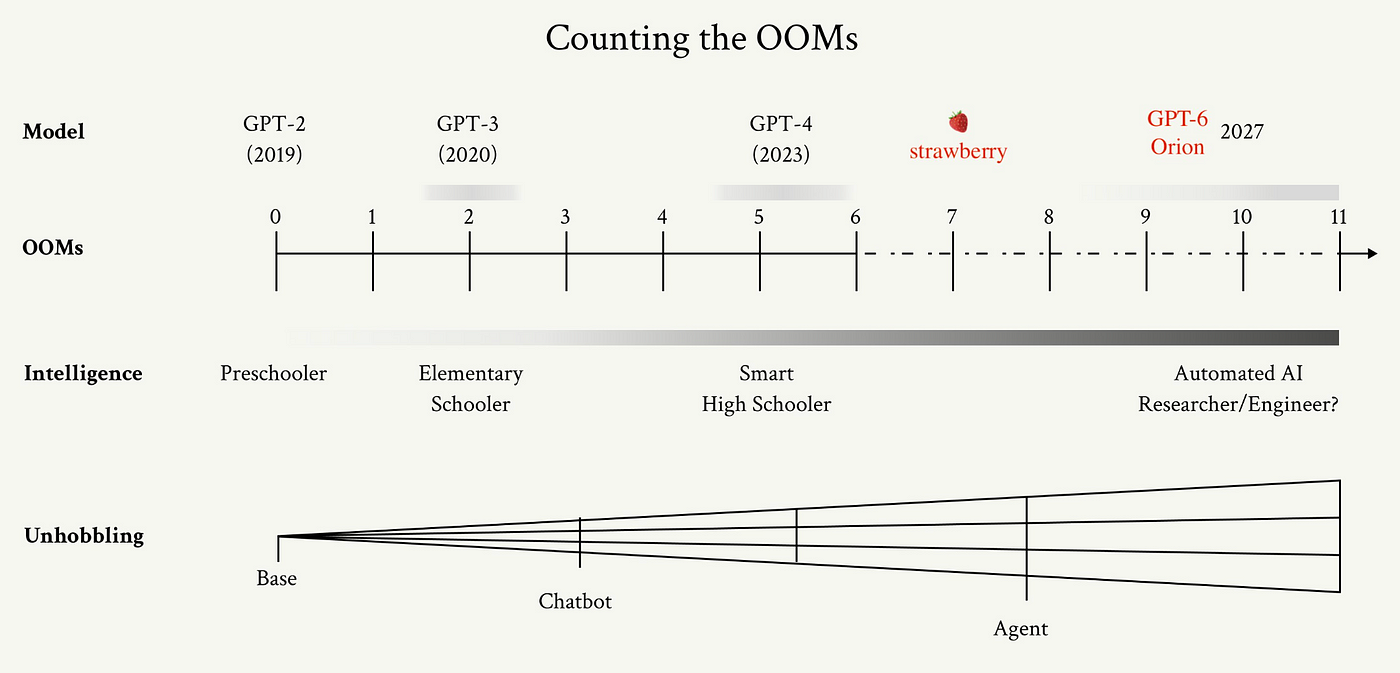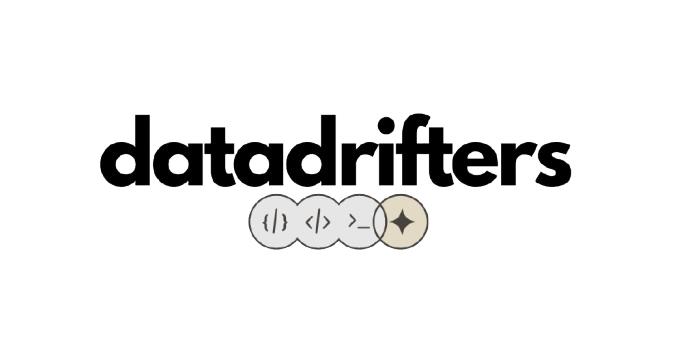OpenAI’s Strawberry and Onion Will Redefine Reasoning in Artificial Intelligence — If the Hype is Real
2024-08-28
Everybody is talking about OpenAI’s two new models named “Strawberry” and “Orion”.
I hear you, and trust me, I’m usually the first to roll my eyes at the hype train, especially after all the staged acts we’ve seen in the past.
Until I see ChatGPT or Claude making some serious leaps, I’m staying cautiously optimistic about all AI Labs and their outrageous claims.
But if there’s any truth to it, I want to bring you up to speed and explain why this is so important for developers, startups, and even global power dynamics.

The Technical Breakthroughs in Strawberry and Onion
Let me start by breaking it down briefly:
- Strawberry (previously Q*) is designed to tackle challenges that have traditionally stumped LLMs (e.g., advanced math and coding). Internal tests, including solving the notoriously tricky New York Times puzzle, already show that Strawberry outperforms current models.
- Orion, on the other hand, is the highly anticipated successor to GPT-4 and it’s being trained with data generated by Strawberry, which could make it significantly more powerful than its predecessor.
Here’s what the timeline will look like:

Situational Awareness | Leopold Aschenbrenner
One of the most critical improvements in Strawberry is its enhanced capability for advanced mathematical reasoning.
Traditionally, LLMs have struggled with tasks that require deep logical reasoning or complex problem-solving — think multi-step math problems, algorithmic puzzles, or even generating sophisticated programming solutions.

Strawberry, however, is designed to overcome these challenges by implementing what’s called system 2 thinking.
System 2 thinking mimics how humans approach difficult problems — deliberately, carefully, and often slowly.
Unlike traditional models that immediately generate responses based on the most likely next token, Strawberry takes its time to analyze the problem, considers various possible outcomes, and then chooses the most accurate solution.
The big question, of course, is “how slow?”, since this will impact latency-critical applications, but I see it being a strong fit for many asynchronous workloads.
Another key consideration is “how expensive?”, and while it might come with a higher price tag, I believe the return on investment (RoI) will be worth it for many use cases, especially in fields like finance, engineering, or any domain where precision is critical.

For developers, I’m hoping we can integrate this as a configurable “step” or “stage” in our development pipelines, with the flexibility to toggle it on or off to balance speed and costs.
This would allow us to build AI systems that handle complex decision-making processes more reliably and with fewer errors, while keeping costs and latency in check.
Chatbot version of Strawberry is expected to be released this autumn.
Let’s continue.
Synthetic Data Generation: A Game Changer
One of the most exciting aspects of Strawberry is its ability to generate high-quality synthetic data.
This is critically important because much of the public data has already been exhausted, and what’s left is often locked behind paywalls or restricted by privacy concerns.
This will help developers to solve one of the biggest challenges in training AI models, which is the availability of large, diverse, and high-quality datasets tailored to specific use cases.
Moreover, this synthetic data isn’t just a random assortment of generated text or images; it’s crafted to be highly accurate and reflective of complex real-world scenarios.

So by using Strawberry to generate training data for Orion, OpenAI is addressing one of the most significant bottlenecks in AI development — data scarcity.
Again for developers, this means we can train more sophisticated models with less reliance on third-party data, reducing costs and speeding up the development process.
Orion: The Next Frontier
What about Orion?
Orion is the next big leap for OpenAI, building on the capabilities of Strawberry.
What makes Orion particularly important is that it’s designed to be a frontier model — a model that doesn’t just compete with existing LLMs but aims to leave them in the dust.
Which is a pretty bold ambition, as we should expect from OpenAI.
Orion will likely integrate the advanced reasoning capabilities of Strawberry and apply them at a much larger scale, making it a powerhouse for solving the kinds of problems that existing models can’t handle effectively.

Another major technical challenge in LLMs today is hallucination, where models generate plausible-sounding but incorrect or nonsensical outputs.
Orion, trained with the high-quality synthetic data generated by Strawberry, could significantly reduce these hallucinations.
This will make AI systems far more reliable, especially in critical applications like healthcare, legal, or enterprise-level decision-making systems.
For developers, this translates to fewer bugs and issues in AI-powered applications, reducing the need for extensive human oversight and correction.
It also means that the AI systems we build can be trusted to operate autonomously in more complex and high-stakes environments.
The Implications for Developers
So, why is all this so important for us as developers?

- Improved AI Capabilities: With Strawberry and Orion, the models we build will be capable of handling more complex tasks with greater accuracy. This opens up new possibilities for creating AI systems that can operate in domains previously thought too complex for LLMs, such as advanced scientific research, complex financial modeling, or high-level strategic planning.
- Reduction of Errors and Hallucinations: The improvements in reasoning and synthetic data generation mean that our AI models will be more reliable. This is crucial for gaining trust in AI systems, especially in sensitive applications. Fewer hallucinations mean less need for manual intervention and a smoother user experience.
- Customizable Performance: Strawberry introduces the concept of toggling between quick responses and deeper, more accurate reasoning. This kind of flexibility allows developers to tailor AI performance to specific use cases, balancing speed and accuracy based on the needs of the application. This could be particularly useful in customer service bots, coding assistants, or any application where response time can be adjusted based on user demand.
- New Opportunities with Agents: Strawberry is also expected to power new AI agents, which are autonomous systems that can perform tasks on behalf of users. These agents could revolutionize how we interact with AI, allowing for more complex and independent operations, from managing entire business processes to handling personal tasks. For developers, this opens up a new frontier of AI-driven automation, enabling the creation of tools that can handle multi-step tasks with minimal human input.
Strategic and Competitive Advantage
Let’s also not overlook the strategic implications.

OpenAI is also showing off these technologies to U.S. National Security officials. This is important from a global power dynamics perspective because AI is becoming a critical factor in national security.
In the near future, it will significantly influence global influence and power structures, making the race to lead in AI development not just about innovation, but also about maintaining geopolitical strength and control.
Whoever masters AI technology first will have a substantial edge in global affairs, from defense to economic dominance.

Also for enterprises, this will set a high bar for transparency, security, and compliance.
Adopting these advanced models could position companies as leaders in their fields, especially as LLMs become increasingly integrated into critical infrastructure and decision-making processes.
Hope this helped, let’s have a look at some bonus content.

Bonus Content: Building with AI
Here’s also some practitioner resources that we published lately.
Thank you for stopping by, and being an integral part of our community.
Happy building!
